【Maven】Setting文件分享
<?xml version="1.0" encoding="UTF-8"?><!--
Licensed to the Apache Software Foundation (ASF) under one
or more contributor license agreements. See the NOTICE file
distributed with this work for additional information
regarding copyright ownership. The ASF licenses this file
to you under the Apache License, Version 2.0 (the
"License"); you may not use this file except in compliance
with the License. You may obtain a copy of the License athttp://www.apache.org/licenses/LICENSE-2.0
Unless required by applicable law or agreed to in writing,
software distributed under the License is distributed on an
"AS IS" BASIS, WITHOUT WARRANTIES OR CONDITIONS OF ANY
KIND, either express or implied. See the License for the
specific language governing permissions and limitations
under the License.
--><!--| This is the configuration file for Maven. It can be specified at two levels:|| 1. User Level. This settings.xml file provides configuration for a single user,| and is normally provided in ${user.home}/.m2/settings.xml.|| NOTE: This location can be overridden with the CLI option:|| -s /path/to/user/settings.xml|| 2. Global Level. This settings.xml file provides configuration for all Maven| users on a machine (assuming they're all using the same Maven| installation). It's normally provided in| ${maven.conf}/settings.xml.|| NOTE: This location can be overridden with the CLI option:|| -gs /path/to/global/settings.xml|| The sections in this sample file are intended to give you a running start at| getting the most out of your Maven installation. Where appropriate, the default| values (values used when the setting is not specified) are provided.||-->
<settings xmlns="http://maven.apache.org/SETTINGS/1.0.0"xmlns:xsi="http://www.w3.org/2001/XMLSchema-instance"xsi:schemaLocation="http://maven.apache.org/SETTINGS/1.0.0 http://maven.apache.org/xsd/settings-1.0.0.xsd"><!-- localRepository| The path to the local repository maven will use to store artifacts.|| Default: ${user.home}/.m2/repository<localRepository>/path/to/local/repo</localRepository>--><localRepository>C:\Maven\maven_repository</localRepository><!-- interactiveMode| This will determine whether maven prompts you when it needs input. If set to false,| maven will use a sensible default value, perhaps based on some other setting, for| the parameter in question.|| Default: true<interactiveMode>true</interactiveMode>--><!-- offline| Determines whether maven should attempt to connect to the network when executing a build.| This will have an effect on artifact downloads, artifact deployment, and others.|| Default: false<offline>false</offline>--><!-- pluginGroups| This is a list of additional group identifiers that will be searched when resolving plugins by their prefix, i.e.| when invoking a command line like "mvn prefix:goal". Maven will automatically add the group identifiers| "org.apache.maven.plugins" and "org.codehaus.mojo" if these are not already contained in the list.|--><pluginGroups><!-- pluginGroup| Specifies a further group identifier to use for plugin lookup.<pluginGroup>com.your.plugins</pluginGroup>--></pluginGroups><!-- proxies| This is a list of proxies which can be used on this machine to connect to the network.| Unless otherwise specified (by system property or command-line switch), the first proxy| specification in this list marked as active will be used.|--><proxies><!-- proxy| Specification for one proxy, to be used in connecting to the network.|<proxy><id>optional</id><active>true</active><protocol>http</protocol><username>proxyuser</username><password>proxypass</password><host>proxy.host.net</host><port>80</port><nonProxyHosts>local.net|some.host.com</nonProxyHosts></proxy>--></proxies><!-- servers| This is a list of authentication profiles, keyed by the server-id used within the system.| Authentication profiles can be used whenever maven must make a connection to a remote server.|--><servers><!-- server| Specifies the authentication information to use when connecting to a particular server, identified by| a unique name within the system (referred to by the 'id' attribute below).|| NOTE: You should either specify username/password OR privateKey/passphrase, since these pairings are| used together.|<server><id>deploymentRepo</id><username>repouser</username><password>repopwd</password></server>--><!-- Another sample, using keys to authenticate.<server><id>siteServer</id><privateKey>/path/to/private/key</privateKey><passphrase>optional; leave empty if not used.</passphrase></server>--></servers><!-- mirrors| This is a list of mirrors to be used in downloading artifacts from remote repositories.|| It works like this: a POM may declare a repository to use in resolving certain artifacts.| However, this repository may have problems with heavy traffic at times, so people have mirrored| it to several places.|| That repository definition will have a unique id, so we can create a mirror reference for that| repository, to be used as an alternate download site. The mirror site will be the preferred| server for that repository.|--><mirrors><!-- mirror| Specifies a repository mirror site to use instead of a given repository. The repository that| this mirror serves has an ID that matches the mirrorOf element of this mirror. IDs are used| for inheritance and direct lookup purposes, and must be unique across the set of mirrors.|<mirror><id>mirrorId</id><mirrorOf>repositoryId</mirrorOf><name>Human Readable Name for this Mirror.</name><url>http://my.repository.com/repo/path</url></mirror>--><!-- 阿里云仓库 --><mirror><id>alimaven</id><mirrorOf>central</mirrorOf><name>aliyun maven</name><url>http://maven.aliyun.com/nexus/content/repositories/central/</url></mirror><!-- 中央仓库1 --><mirror><id>repo1</id><mirrorOf>central</mirrorOf><name>Human Readable Name for this Mirror.</name><url>http://repo1.maven.org/maven2/</url></mirror><!-- 中央仓库2 --><mirror><id>repo2</id><mirrorOf>central</mirrorOf><name>Human Readable Name for this Mirror.</name><url>http://repo2.maven.org/maven2/</url></mirror></mirrors><!-- profiles| This is a list of profiles which can be activated in a variety of ways, and which can modify| the build process. Profiles provided in the settings.xml are intended to provide local machine-| specific paths and repository locations which allow the build to work in the local environment.|| For example, if you have an integration testing plugin - like cactus - that needs to know where| your Tomcat instance is installed, you can provide a variable here such that the variable is| dereferenced during the build process to configure the cactus plugin.|| As noted above, profiles can be activated in a variety of ways. One way - the activeProfiles| section of this document (settings.xml) - will be discussed later. Another way essentially| relies on the detection of a system property, either matching a particular value for the property,| or merely testing its existence. Profiles can also be activated by JDK version prefix, where a| value of '1.4' might activate a profile when the build is executed on a JDK version of '1.4.2_07'.| Finally, the list of active profiles can be specified directly from the command line.|| NOTE: For profiles defined in the settings.xml, you are restricted to specifying only artifact| repositories, plugin repositories, and free-form properties to be used as configuration| variables for plugins in the POM.||--><profiles><!-- profile| Specifies a set of introductions to the build process, to be activated using one or more of the| mechanisms described above. For inheritance purposes, and to activate profiles via <activatedProfiles/>| or the command line, profiles have to have an ID that is unique.|| An encouraged best practice for profile identification is to use a consistent naming convention| for profiles, such as 'env-dev', 'env-test', 'env-production', 'user-jdcasey', 'user-brett', etc.| This will make it more intuitive to understand what the set of introduced profiles is attempting| to accomplish, particularly when you only have a list of profile id's for debug.|| This profile example uses the JDK version to trigger activation, and provides a JDK-specific repo.<profile><id>jdk-1.4</id><activation><jdk>1.4</jdk></activation><repositories><repository><id>jdk14</id><name>Repository for JDK 1.4 builds</name><url>http://www.myhost.com/maven/jdk14</url><layout>default</layout><snapshotPolicy>always</snapshotPolicy></repository></repositories></profile>--><!--| Here is another profile, activated by the system property 'target-env' with a value of 'dev',| which provides a specific path to the Tomcat instance. To use this, your plugin configuration| might hypothetically look like:|| ...| <plugin>| <groupId>org.myco.myplugins</groupId>| <artifactId>myplugin</artifactId>|| <configuration>| <tomcatLocation>${tomcatPath}</tomcatLocation>| </configuration>| </plugin>| ...|| NOTE: If you just wanted to inject this configuration whenever someone set 'target-env' to| anything, you could just leave off the <value/> inside the activation-property.|<profile><id>env-dev</id><activation><property><name>target-env</name><value>dev</value></property></activation><properties><tomcatPath>/path/to/tomcat/instance</tomcatPath></properties></profile>--><profile> <id>JDK-1.8</id> <activation> <activeByDefault>true</activeByDefault> <jdk>1.8</jdk> </activation> <properties> <maven.compiler.source>1.8</maven.compiler.source> <maven.compiler.target>1.8</maven.compiler.target> <maven.compiler.compilerVersion>1.8</maven.compiler.compilerVersion> </properties> </profile></profiles><!-- activeProfiles| List of profiles that are active for all builds.|<activeProfiles><activeProfile>alwaysActiveProfile</activeProfile><activeProfile>anotherAlwaysActiveProfile</activeProfile></activeProfiles>-->
</settings>
相关文章:

【Maven】Setting文件分享
<?xml version"1.0" encoding"UTF-8"?><!-- Licensed to the Apache Software Foundation (ASF) under one or more contributor license agreements. See the NOTICE file distributed with this work for additional information regarding …...
)
使用requestAnimationFrame 实现倒计时功能js(简单秒数倒计时)
拿一个简单的例子吧 就是获取验证码的倒计时 一般来说就是60秒 首先可能想到就是 setInterval let count 60 setInterval(() > { count --; }, 1000) 还有一种就是 setTImeout 函数的递归调用 let count 60 function coundown() { count --; if(count >…...
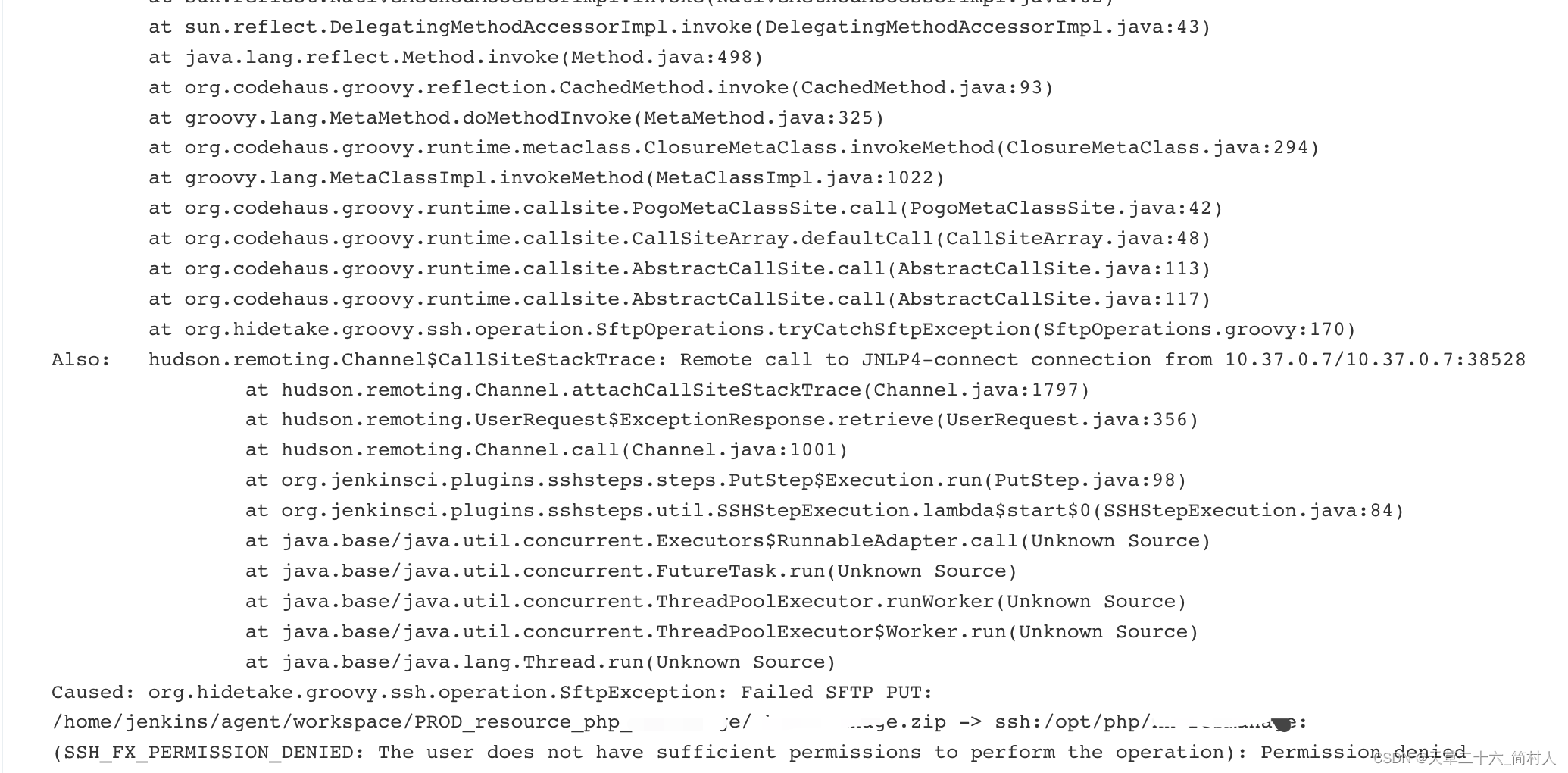
jenkins通过sshPut传输文件的时候,报错Permission denied的SftpException
一、背景 使用jenkins的ssh插件传输文件至远程机器的指定目录,php程序打包后,经过zip压缩为oms.zip zip -rq oms.zip ./ -x .git/* -x .env然后我们求md5值 md5sum oms.zip最后执行传输。 09:03:02 Executing command on ssh[116.61.10.149]: mkdir…...
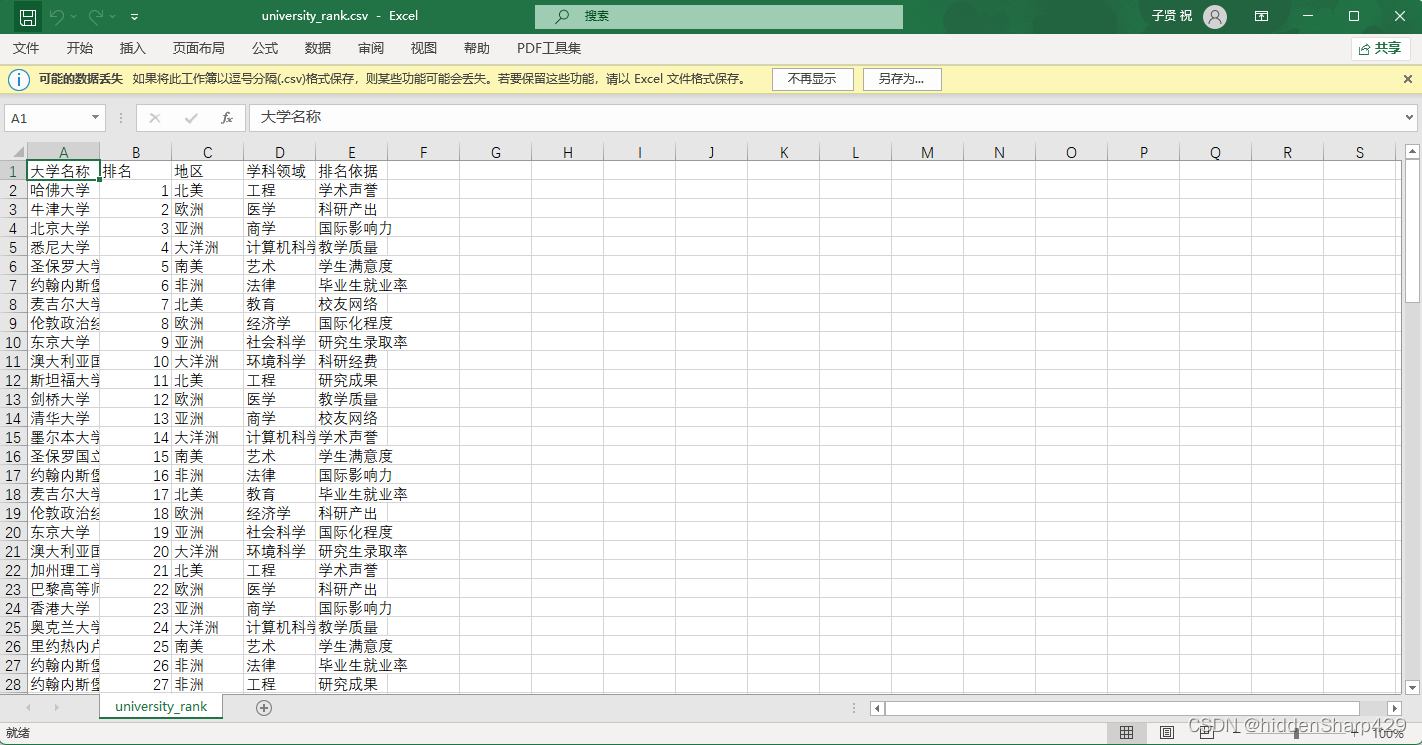
【Python】数据分析+数据挖掘——探索Pandas中的数据筛选
1. 前言 当涉及数据处理和分析时,Pandas是Python编程语言中最强大、灵活且广泛使用的工具之一。Pandas提供了丰富的功能和方法,使得数据的选择、筛选和处理变得简单而高效。在本博客中,我们将重点介绍Pandas中数据筛选的关键知识点ÿ…...

[数据集][目标检测]天牛数据集目标检测数据集VOC格式3050张
数据集格式:Pascal VOC格式(不包含分割路径的txt文件和yolo格式的txt文件,仅仅包含jpg图片和对应的xml) 图片数量(jpg文件个数):3050 标注数量(xml文件个数):3050 标注类别数:1 标注类别名称:["longicorn"] …...
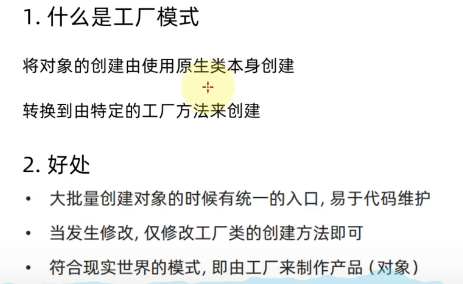
python_day16_设计模式
“”“单例模式”“” “”“工厂模式”“” class Person:passclass Worker(Person):passclass Student(Person):passclass Teacher(Person):passclass Factory:def get_person(self, p_type):if p_type w:return Worker()elif p_type s:return Student()else:return Te…...

uniapp开发小程序-实现中间凸起的 tabbar
一、效果展示: 二、代码实现: 1.首先在pages.json文件中进行tabbar的样式和列表配置,代码如下: {"pages": [ //pages数组中第一项表示应用启动页,参考:https://uniapp.dcloud.io/collocation/p…...

Vue引入与Vue拦截原理
1. vue引入 第一种方法:在线引入 <script src"https://cdn.jsdelivr.net/npm/vue/dist/vue.js"></script> 第二种方法:本地引入 2. Vue拦截原理——例题 el用于绑定id,data用于定义数据如下例题 <!DOCTYPE html&…...
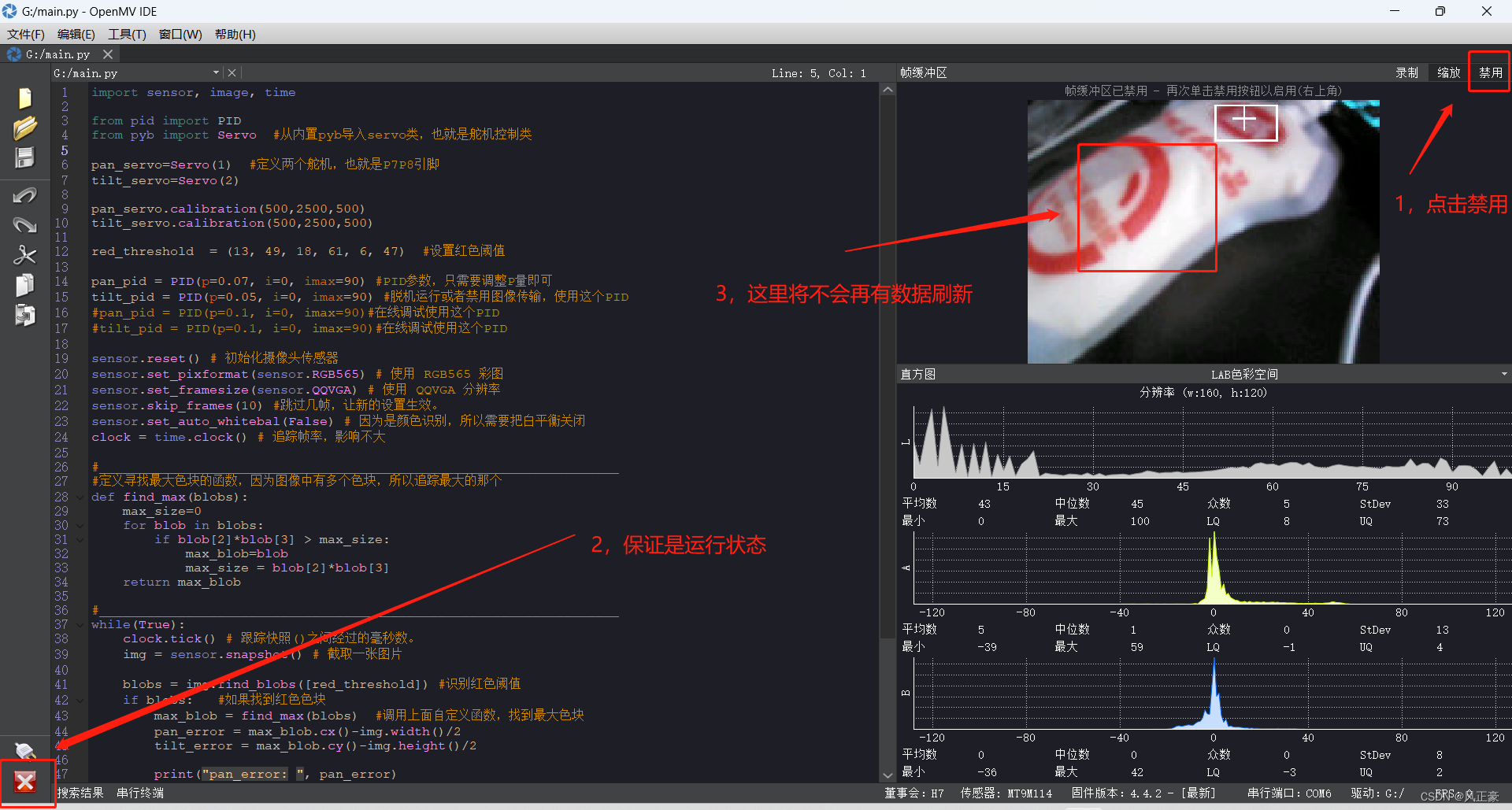
2023年电赛---运动目标控制与自动追踪系统(E题)OpenMV方案
前言 (1)废话少说,很多人可能无法访问GitHub,所以我直接贴出可能要用的代码。此博客还会进行更新,先贴教程和代码 (2)视频教程: https://singtown.com/learn/49603/ (3&a…...
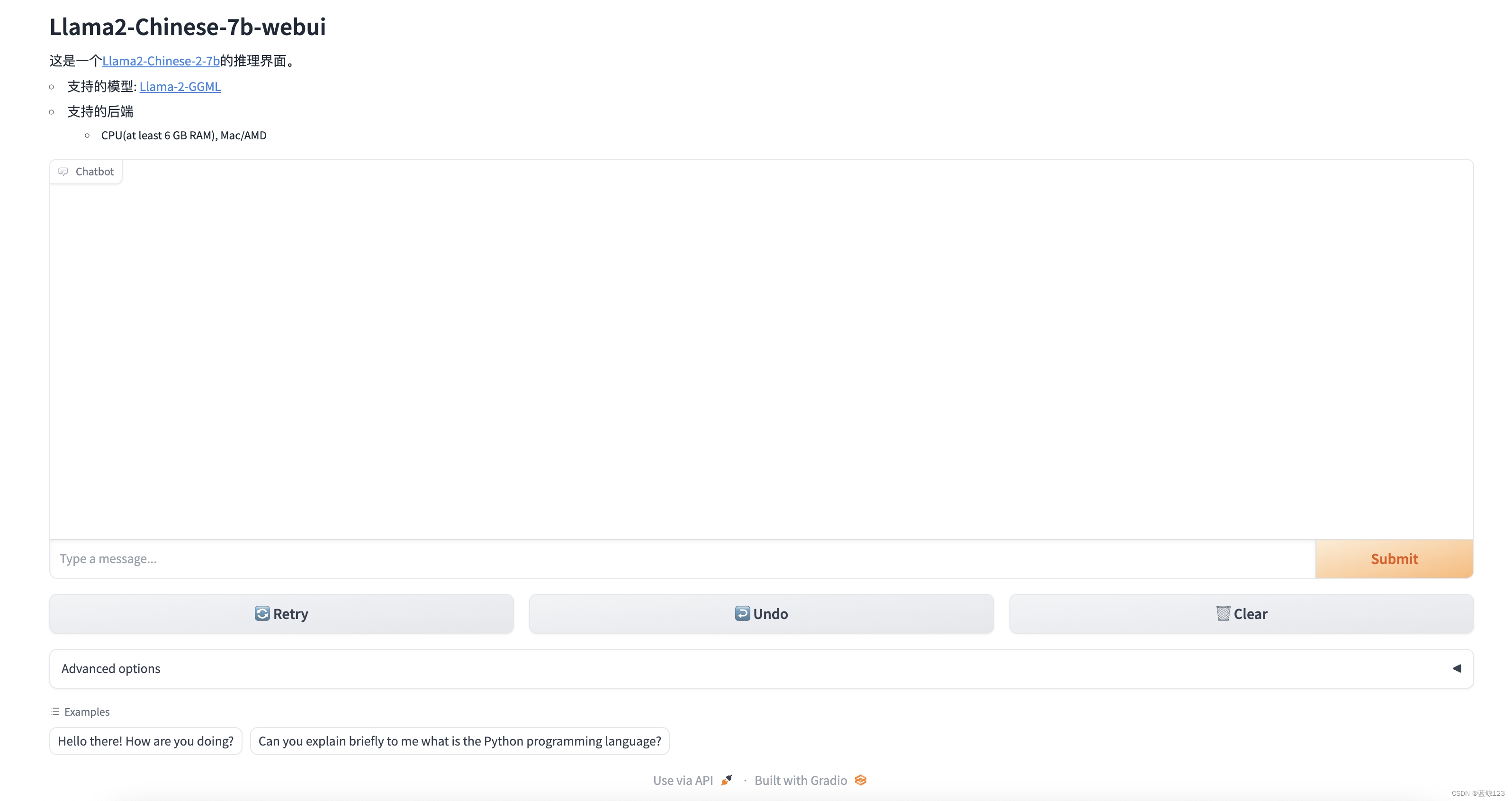
6G内存运行Llama2-Chinese-7B-chat模型
6G内存运行Llama2-Chinese-7B-chat模型 Llama2-Chinese中文社区 第一步: 从huggingface下载 Llama2-Chinese-7b-Chat-GGML模型放到本地的某一目录。 第二步: 执行python程序 git clone https://github.com/Rayrtfr/llama2-webui.gitcd llama2-web…...
项目经理必备-项目总体计划模板-制式文件,可直接填写使用-公司可用
合同中完整项目名称,黑体,28号字, 居中对齐,项目名称较长时换行填写 当前文档名称,黑体,小初, 居中对齐,文档名称较长时 换行填写 版 本 号 x.x 编制人 日期 20xx年xx月xx日…...
)
正则表达式系列|(以xx开头xx结尾提取、切分、替换)
正则表达式系列|(以xx开头xx结尾提取、切分、替换) 文章目录 正则表达式系列|(以xx开头xx结尾提取、切分、替换)[TOC] 前言一、以xx开头xx结尾进行数据处理?1.以xx开头xx结尾对文本拆分2.以xx开头xx结尾提取内容3.以xx…...
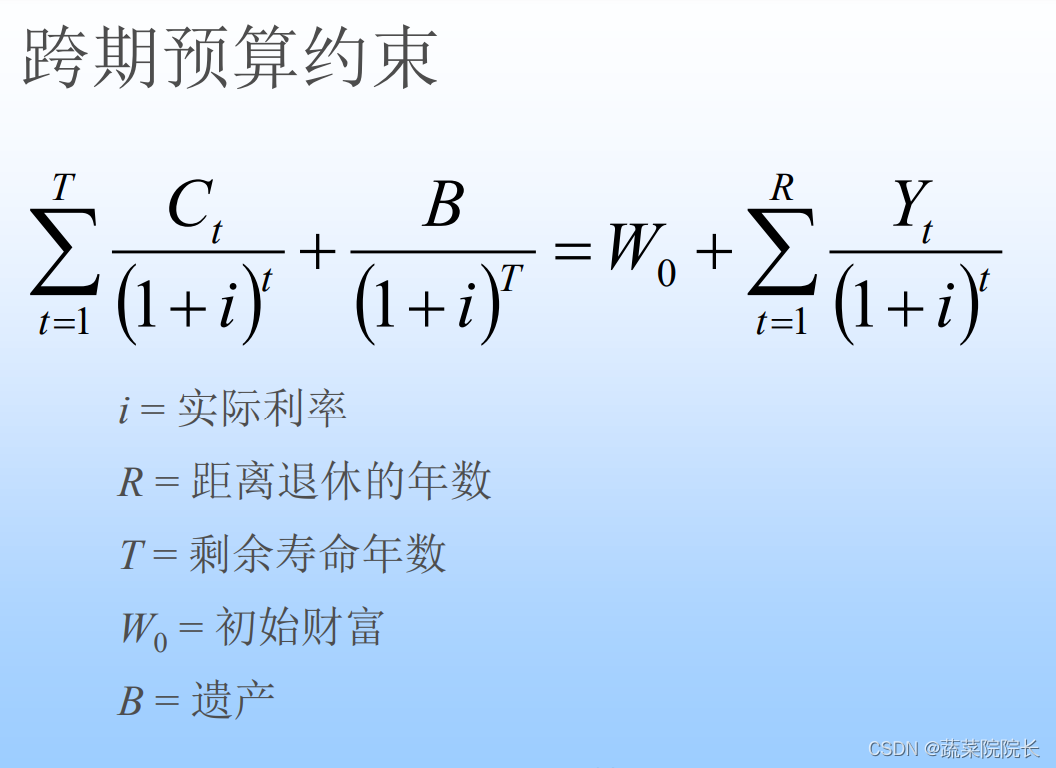
金融学复习博迪(第1-5章)
第一部分 金融和金融体系 第1章 金融学 金融:资金的流通,即储蓄,信贷、汇兑、股票和证券交易等经济活动的总称。 金融学:研究货币流通的学问。 传统的金融学研究领域大致有两个方向: >宏观层面的金融市场运行理论…...

【前端知识】React 基础巩固(三十七)——自定义connect高阶组件
React 基础巩固(三十七)——自定义connect高阶组件 一、手撸一个自定义connect高阶组件 import { PureComponent } from "react"; import store from "../store";/*** connect的参数:* 参数一: 函数* 参数二: 函数* 返…...

前端PDF导出,使用html2Canvas和jsPDF插件
import html2Canvas from "html2canvas"; import jsPDF from "jspdf"; export function downloadPDF(dom, filename) {const scale 2;window.pageYOffset 0;// 滚动到顶部,避免打印不全document.documentElement.scrollTop 0;document.body.…...

Android 设备兼容性使用详解
和你一起终身学习,这里是程序员Android 经典好文推荐,通过阅读本文,您将收获以下知识点: 一、设备兼容性分类二、硬件设备兼容三、软件 APP 兼容四、兼容不同语言五、兼容不同分辨率六、兼容不同屏幕方向布局七、兼容不同硬件 Feature八、兼容…...

vnc加固
0x00 认识VNC 先我们看看VNC运行的工作流程: VNC客户端通过浏览器或VNC Viewer连接至VNC Server; VNC Server传送一个对话窗口至客户端,要求输入连接密码(可能为空),以及存取的VNC Server显示装置&#…...
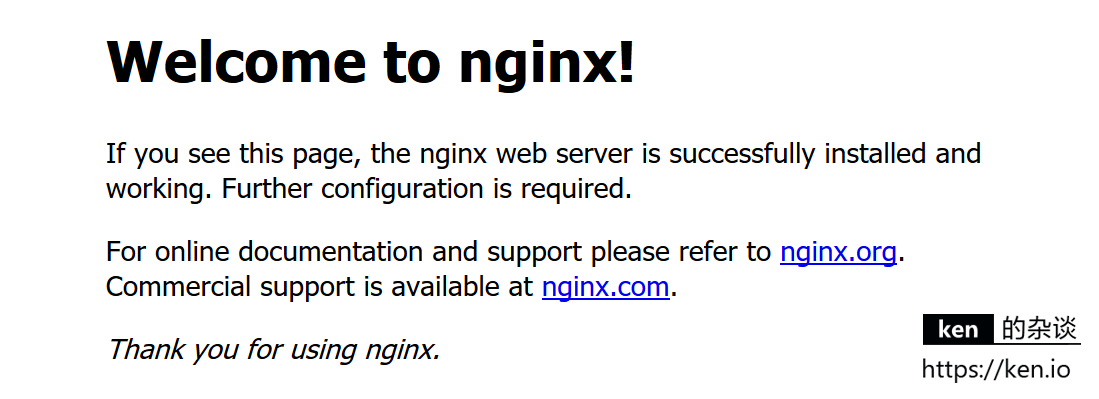
Windows下Nginx安装与配置教程
一、前言 1、Nginx是什么? Nginx是一个开源的Web服务器,同时Nginx也提供了反向代理和负载均衡的功能。 Nginx通常作为负载均衡器暴露在外网接受用户请求,同时也使用其反向代理的功能,将用户的请求转发到实际提供服务的内网服务器…...

Iterator迭代器和Generator生成器
Iterator迭代器和for/of循环原理 Iterator迭代器规范 自己创建一个Iterator类,来实现ES6中的迭代器规范: class Iterator {constructor(assemble) {// assemble:需要迭代的数据结构this.assemble = assemble// index:记录迭代的次数(或者索引)this.index = -1}// 必须具…...

Modbus-RTU协议C#实现
1、安装依赖包 System.IO.Ports 2、读协议 /// <summary>/// Modbus-RTU协议读实例/// </summary>private static void Read(){//组装一个请求报文// 01 03 00 00 00 0A C5 CDbyte slave 0x01;//byte function 0x03; //读单个寄存器byte function 0x01; //…...

地震勘探——干扰波识别、井中地震时距曲线特点
目录 干扰波识别反射波地震勘探的干扰波 井中地震时距曲线特点 干扰波识别 有效波:可以用来解决所提出的地质任务的波;干扰波:所有妨碍辨认、追踪有效波的其他波。 地震勘探中,有效波和干扰波是相对的。例如,在反射波…...

模型参数、模型存储精度、参数与显存
模型参数量衡量单位 M:百万(Million) B:十亿(Billion) 1 B 1000 M 1B 1000M 1B1000M 参数存储精度 模型参数是固定的,但是一个参数所表示多少字节不一定,需要看这个参数以什么…...

mongodb源码分析session执行handleRequest命令find过程
mongo/transport/service_state_machine.cpp已经分析startSession创建ASIOSession过程,并且验证connection是否超过限制ASIOSession和connection是循环接受客户端命令,把数据流转换成Message,状态转变流程是:State::Created 》 St…...
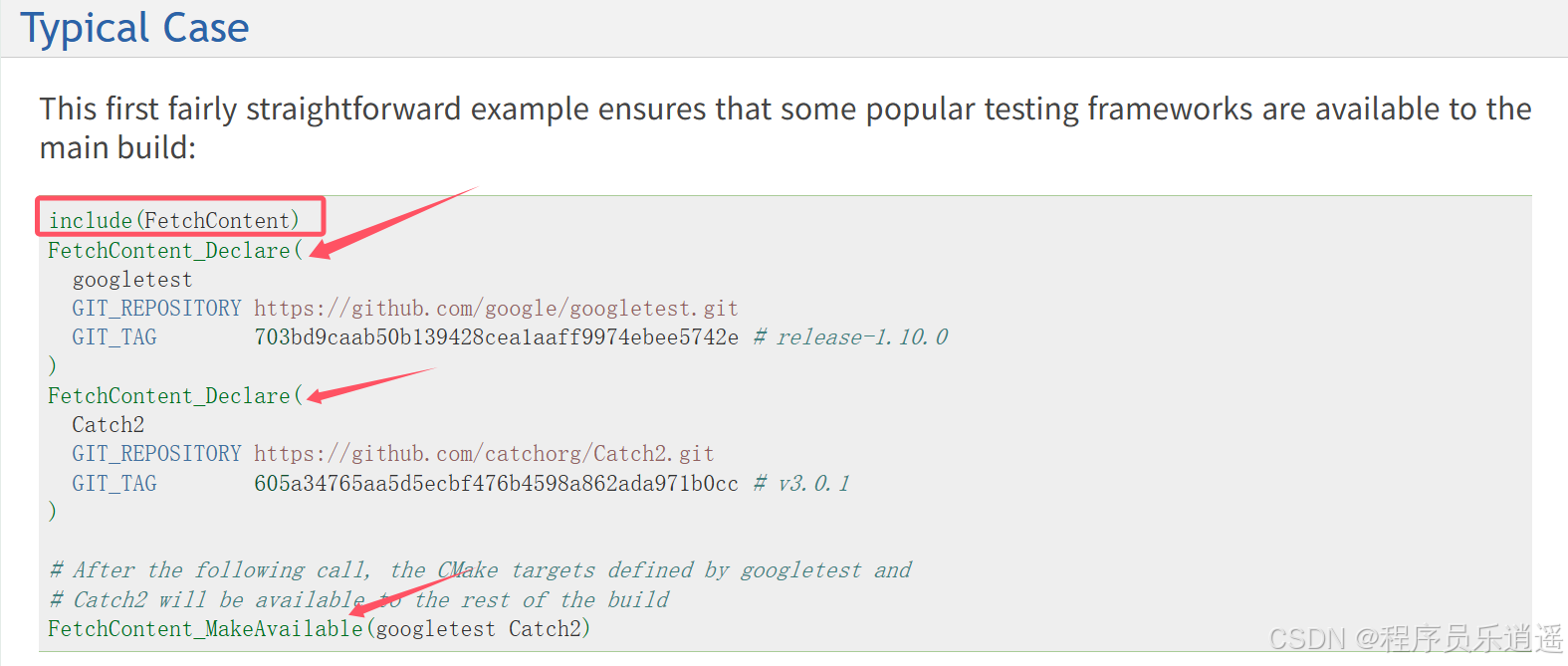
CMake 从 GitHub 下载第三方库并使用
有时我们希望直接使用 GitHub 上的开源库,而不想手动下载、编译和安装。 可以利用 CMake 提供的 FetchContent 模块来实现自动下载、构建和链接第三方库。 FetchContent 命令官方文档✅ 示例代码 我们将以 fmt 这个流行的格式化库为例,演示如何: 使用 FetchContent 从 GitH…...

【HTTP三个基础问题】
面试官您好!HTTP是超文本传输协议,是互联网上客户端和服务器之间传输超文本数据(比如文字、图片、音频、视频等)的核心协议,当前互联网应用最广泛的版本是HTTP1.1,它基于经典的C/S模型,也就是客…...
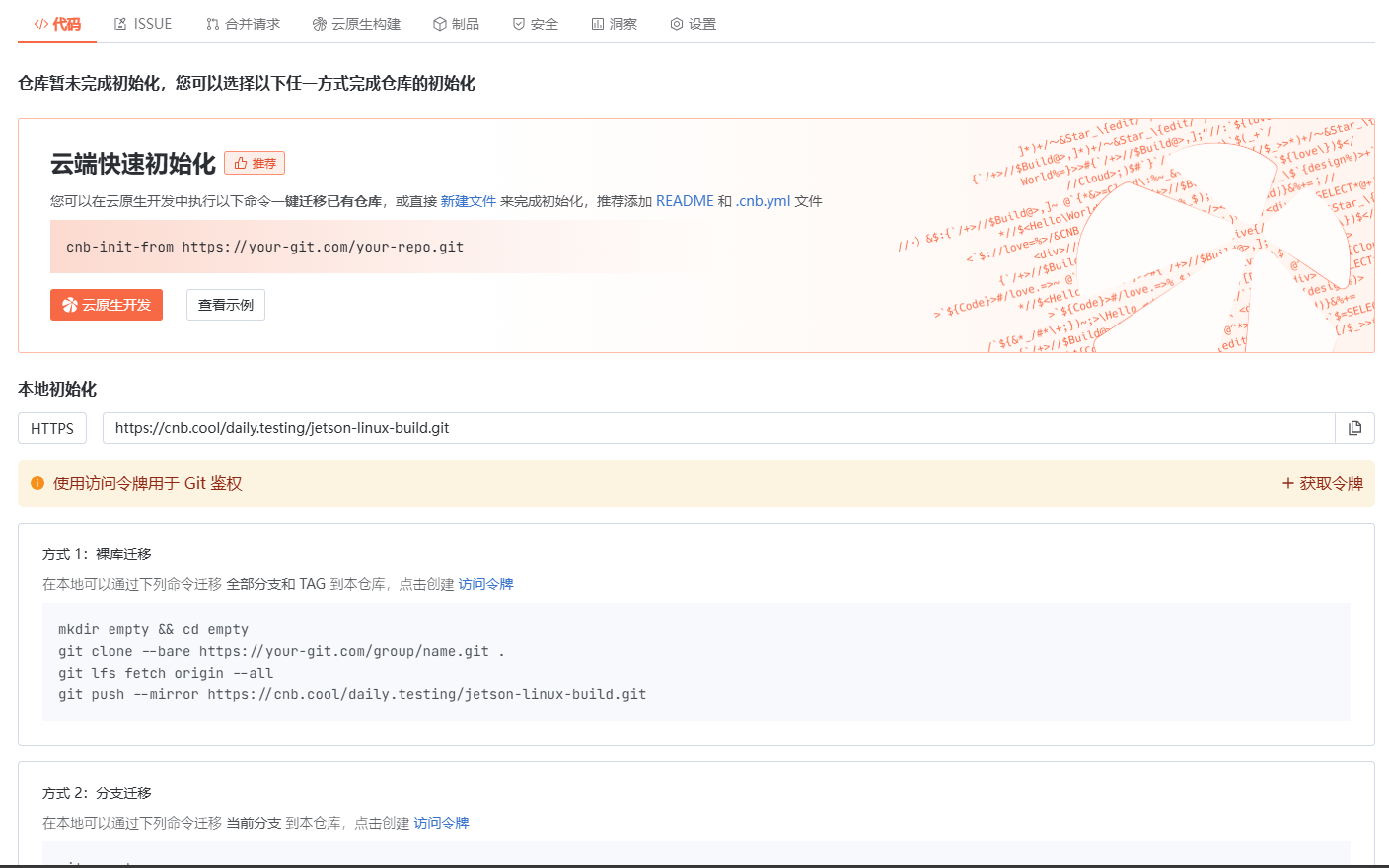
云原生玩法三问:构建自定义开发环境
云原生玩法三问:构建自定义开发环境 引言 临时运维一个古董项目,无文档,无环境,无交接人,俗称三无。 运行设备的环境老,本地环境版本高,ssh不过去。正好最近对 腾讯出品的云原生 cnb 感兴趣&…...

Java + Spring Boot + Mybatis 实现批量插入
在 Java 中使用 Spring Boot 和 MyBatis 实现批量插入可以通过以下步骤完成。这里提供两种常用方法:使用 MyBatis 的 <foreach> 标签和批处理模式(ExecutorType.BATCH)。 方法一:使用 XML 的 <foreach> 标签ÿ…...

JavaScript 数据类型详解
JavaScript 数据类型详解 JavaScript 数据类型分为 原始类型(Primitive) 和 对象类型(Object) 两大类,共 8 种(ES11): 一、原始类型(7种) 1. undefined 定…...

【JavaSE】多线程基础学习笔记
多线程基础 -线程相关概念 程序(Program) 是为完成特定任务、用某种语言编写的一组指令的集合简单的说:就是我们写的代码 进程 进程是指运行中的程序,比如我们使用QQ,就启动了一个进程,操作系统就会为该进程分配内存…...

水泥厂自动化升级利器:Devicenet转Modbus rtu协议转换网关
在水泥厂的生产流程中,工业自动化网关起着至关重要的作用,尤其是JH-DVN-RTU疆鸿智能Devicenet转Modbus rtu协议转换网关,为水泥厂实现高效生产与精准控制提供了有力支持。 水泥厂设备众多,其中不少设备采用Devicenet协议。Devicen…...
